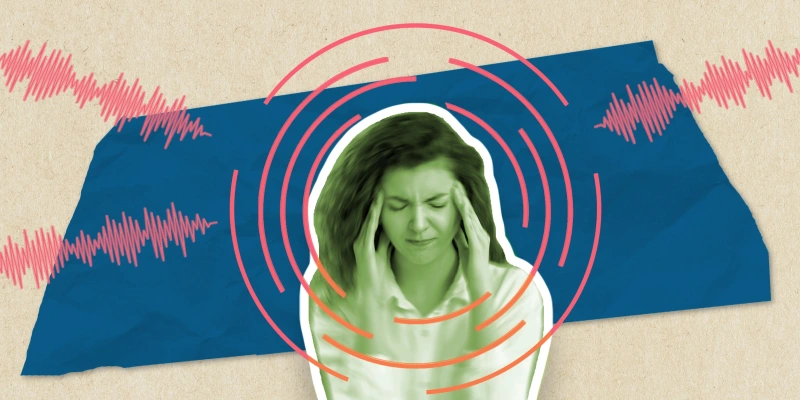Last year, the annual meeting of the American Society of Anesthesiologists (ASA) took place in New Orleans, Louisiana, October 21–26, 2022. Despite the rise of virtual meetings over the past few years, this meeting welcomed close to 11,500 attendees at different stages of their careers. It was also home to hundreds of industry representatives displaying their latest and greatest in the space of anesthesia, perioperative medicine, technology, and everything in between.
The ASA meeting is important on multiple counts:
- It brings together anesthesiologists from all across the globe to learn, interact, discuss, and potentially collaborate.
- It brings in other stakeholders in the perioperative space such as anesthesia societies, surgical societies, pharmaceutical representatives, device manufacturers, and several others.
- It provides a venue for collaboration and advancement of issues that pertain to physicians, nurses, hospitals, and most importantly patients.
And while the benefit of being at such a meeting (and a few others like it throughout the year) is clear in the immediate, there are ramifications that extend years into the future. It is at meetings like this that novel ideas are challenged and new ideas are formed. Scattered across the program were sessions that pit thought leaders versus critics, innovators versus funders, and research outcomes versus the public. And that’s where the benefit grows rather exponentially and ripples out into individual practices globally.
Besides the economic impact the ASA and other meetings have on hosting cities, there is an element of idea sharing and refinement that is quite difficult to attain via virtual meetings. A global COVID pandemic, however, put a halt on many of these events that were reduced to virtual sessions with very little social interaction before or after the main session. As we slowly regain normalcy and in-person events in a safe manner, we are already seeing the clinicians, researchers, and innovators resume their efforts in advancing the science and its implementation.
Here are a few of the highlights from the 2022 ASA annual meeting, in brief:
- Featured sessions: From innovations against hunger and health care disparities to diversity, equity, and inclusion, and the leveraging of artificial intelligence (AI) “for the sake of humanity,” there were plenty of opportunities for constructive and contemplative discussions.
- Intraoperative hypotension (IOH), while already correlated with bad postoperative outcomes, is witnessing a surge of interest by clinicians and industry alike. The discussion is now on how to best tackle this ubiquitous problem. In a panel on IOH combining clinicians from two of the major anesthesia staffing companies as well as an industry leader (Edwards Life Sciences), recently published work was presented and showed that IOH is also affecting close to a third of patients undergoing surgery in community centers.
These topics carry great significance in the world of anesthesia particularly but also the world of medical care generally. Looking at current efforts at community outreach whether through observations, cross-sectional studies, or technological innovations is both promising and inspiring. Community surgical practice has generally been equated with low-risk procedures and low potential for complications, which is not at all the image we saw from the IOH work. Developing countries torn by conflict and poverty are rarely correlated with technological innovation, 3D-printing, or innovative limb replacement, yet we see efforts going a long way to change the script. AI stopped being an abstract concept and instead is making its way into the spotlight in medicine, driven by people with a vision to enhance patient care.
One other particular topic of immediate importance to clinicians across the board is patient-centered interventions and outcomes. Many of the sessions at the meeting incorporated increased focus on this as it pertains to preoperative, intraoperative, and postoperative care. Doximity readers are no strangers to the discussion. As intuitive as the topic may seem, we have only recently begun to actively discuss it vis-à-vis clinical care, innovation, and research. To that end, the meeting made clear that this is of prime importance during the opening session by Mick Ebeling on innovation and conquering global problems starting with individuals, the many panels on patient safety and care, the Keynote Session on AI utilization for the benefit of humanity, the live TopMedTalk podcast with key thought leaders, and a multitude of sessions promoting better analgesia, better interventions, and enhanced focus on the patient rather than the bottom line.
Readers interested in getting involved in reshaping patient-centered care are invited to join the effort here.
With that, ASA 2023 in October is promising to be just as rich. For those attending, these topics may be particularly interesting:
- FAER-Helrich Research Lecture: How Do General Anesthetics Work Their Magic? One Team's Approach
- APSF Panel: Emerging Medical Technologies - A Patient Safety Perspective on Wearables, Big Data and Remote Care
- Ellison Pierce Lecture: Integrating Behavior and Technology for Anesthesia Patient Safety
- History Panel: Tales of the Strange, Bizarre, and Mysterious from the History of Anesthesia (2 parts)
- Emery A. Rovenstine Memorial Lecture: The Gathering Storm
- Wood Library-Museum of Anesthesiology Patrick Sim Forum: Using History to Navigate the Future of Academic Anesthesiology
- Plenary Lecture: John W. Severinghaus Lecture: Perioperative Neurocognitive Disorders: Bench to Bedside
The 2022 annual meeting of the ASA served as a pivotal gathering for professionals in the field. The upcoming ASA 2023 meeting promises to further enrich the discourse, offering opportunities for learning and collaboration in the ever-evolving landscape of anesthesiology and medical care.
What are you looking forward to at ASA 2023? Share in the comments.
Dr. Saasouh completed an anesthesiology residency at the American University of Beirut (Lebanon), a research fellowship at the Cleveland Clinic Department of Outcomes Research (Ohio), where he was chief research fellow, received training in neuroanesthesiology at the Cleveland Clinic (Ohio), and completed an anesthesiology residency at the Detroit Medical Center (DMC-Michigan). He is currently a Board-certified Anesthesiologist and a Director of Research. Dr. Saasouh was a 2019–2020 Doximity Conference Fellow and was a 2022–2023 Doximity Op-Med Fellow and a 2023 Doximity Digital Health Fellow.
Illustration by April Brust







